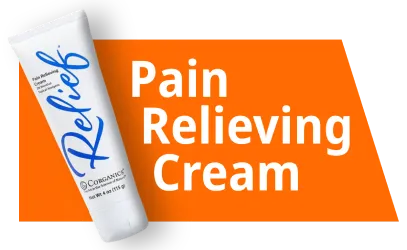Celiac disease could seem like a death sentence with a diet free of gluten. But with so many gluten-free products on the market today, the road to recovery is just ahead.
Celiac disease is an autoimmune disease that causes a sensitivity to gluten. It is not a food allergy, rather a disorder in which the villi, the small fingers in the small intestine which absorb nutrients, become damaged when they process gluten. If left undiagnosed and untreated, the continued consumption of gluten can damage the villi to the point in which they flatten out and lose the ability to absorb other nutrients, leaving the patient ill and malnourished.
What to know about celiac disease and why people shouldn’t self-diagnose with gluten intolerance
PATEL IT LIKE IT IS: ABC News medical contributor and pediatrician Dr. Alok Patel joins ABC News Live for more on what celiac disease is and why people shouldn’t self-diagnose themselves with a gluten intolerance.
While the cause of the disease is not entirely understood, there is a high chance of inheriting it from family members. It is usually triggered by a number of other illnesses, including downs syndrome, fibromyalgia, William’s syndrome, and other neuropathies and autoimmune disorders like diabetes, thyroid disease, lupus, hepatitis, and arthritis. While not everyone notices the gastrointestinal symptoms, some patients get extreme pain in the digestive tract.
Symptoms include:
- abdominal cramping
- gas
- bloating
- chronic diarrhea or constipation
- fatty stools
- unexplained weight loss or weight gain
- degenerating teeth
- osteoporosis and bone pain
- fatigue
- infertility
- depression
- mouth ulcers
- tingling in the hands or feet
- migraines
Sometimes more severe long-term symptoms can come about, including anemia, vitamin deficiencies, central and peripheral nervous system disorders, pancreatic disorders, intestinal lymphomas, gallbladder malfunction, and neurological manifestations.
The treatment for Celiac disease is simple: no glutens. When gluten is removed from the diet, the small intestine will eventually heal itself, and nutrient absorption will improve. In some circumstances, the doctor will suggest nutrient supplements until the body is healthy enough to absorb them on its own. There are many foods that are not properly labeled to showcase its ingredients, or allergens, so caution should be taken when shopping for food. Learning what ingredients contain hidden glutens can help to ward off the return of symptoms for misunderstood reasons.
Some ingredients to avoid: unidentified starches, binders, fillers, excipients, extenders, and malts. This includes malts in beer also. There are many gluten-free options available on the market today, offering the same foods without the risks.
here are many pharmaceutical drugs on the market today too that use glutens as binders. It is always best to check with the pharmacist on duty to make sure the medicine is safe.




